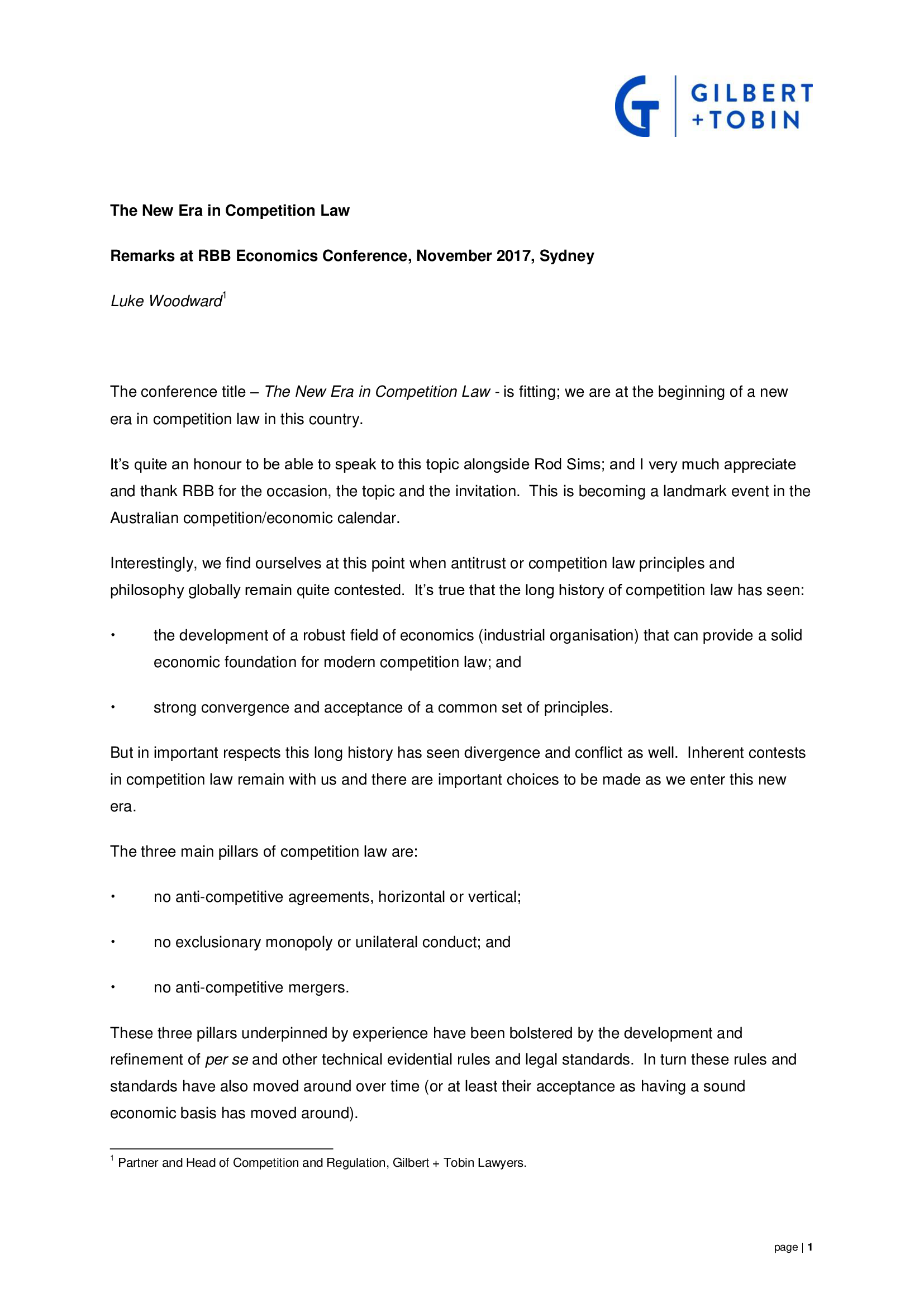Australia’s competition law has always been highly codified, with heavy reliance on piecemeal exceptions and administrative processes to ameliorate its excessive proscription.
The result has been a tendency to legal formalism, where statutory construction has at times predominated over substantive competition analysis. This approach has been rigid and slow to adapt to developments in thinking over time.
The Harper amendments leave the era of legal formalism behind.
The ACCC and Harper Committee are to be commended for getting us here. Rod Sims has been a leading champion of that public debate.
The ACCC has had some opponents and had some friends. From an economic welfare standpoint, not all its opponents could be said to be badly intentioned and not all its friends were necessarily seeking to promote economic welfare generally or consumer welfare in particular.
But the Harper amendments leave much work to be done – particularly identifying where otherwise routine business conduct may be seen to be anti-competitive in purpose or effect.
The ACCC will be central to this challenge, as the custodian of the Act, through the guidance it provides and the cases that are presented to the courts. If we get to the right place, it will be because the ACCC took a strong long-term leadership position. The ACCC will need to articulate the theory and framework for competitive harm that it will apply and advocate for under these new provisions. It will need to do so clearly and it will need to be consistent over time.
We are not at that point yet. The ACCC has released interim guidelines on misuse of market power and concerted practices. They are have been set at the level and length to provide guidance to the informed business person. They are short, well structured, easy to read, generally reliable and a clear statement of the law, supplemented by some examples. They do not yet provide the detailed and nuanced guidance that has been developed in other jurisdictions, or that the ACCC provided when the competition standard for mergers was introduced in 1993.
We will need this guidance, through more detailed analytical guidelines and discussion papers, before we can say that our journey is complete.
Download Luke Woodward's remarks below:

Visit Smart Counsel

